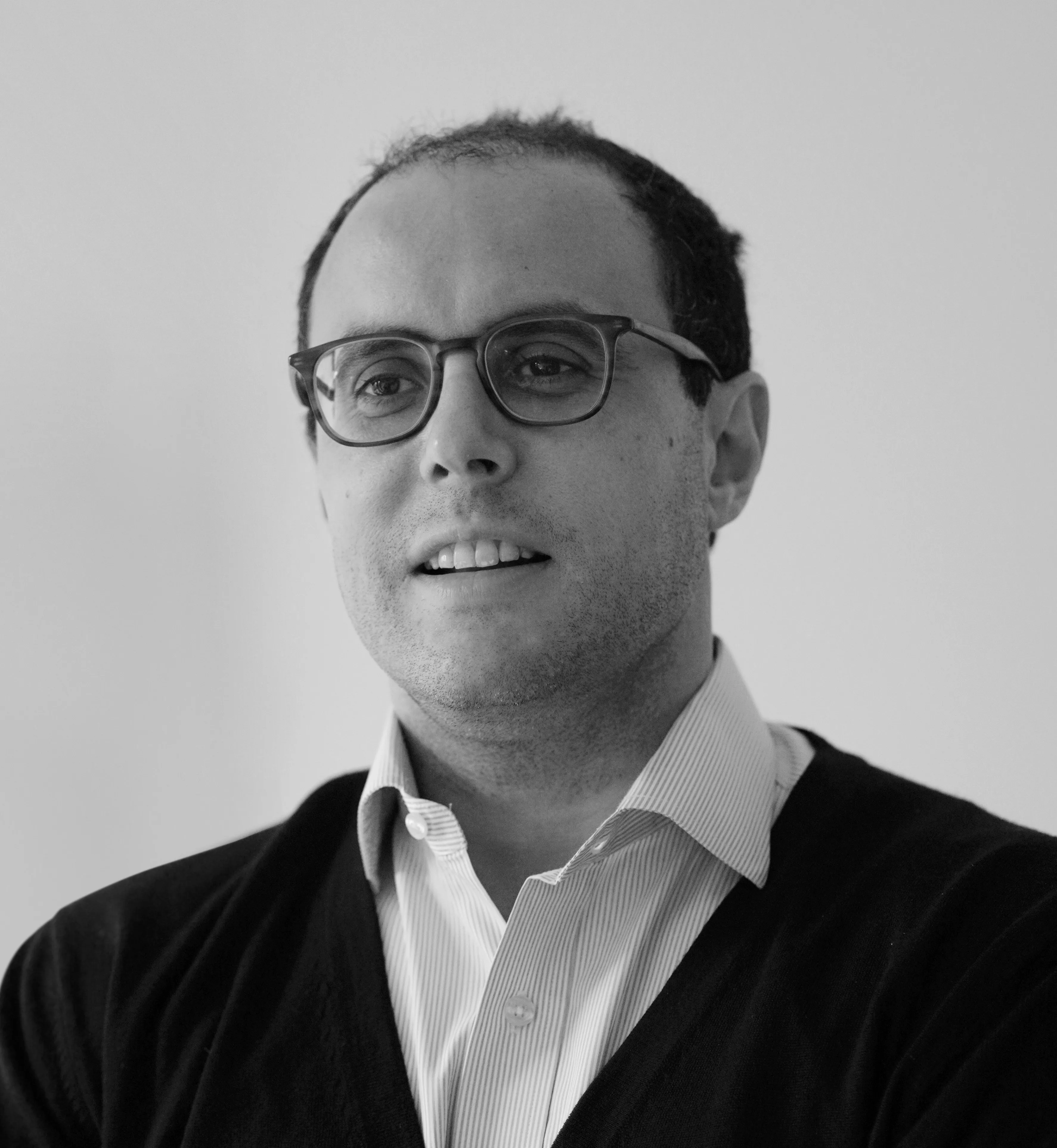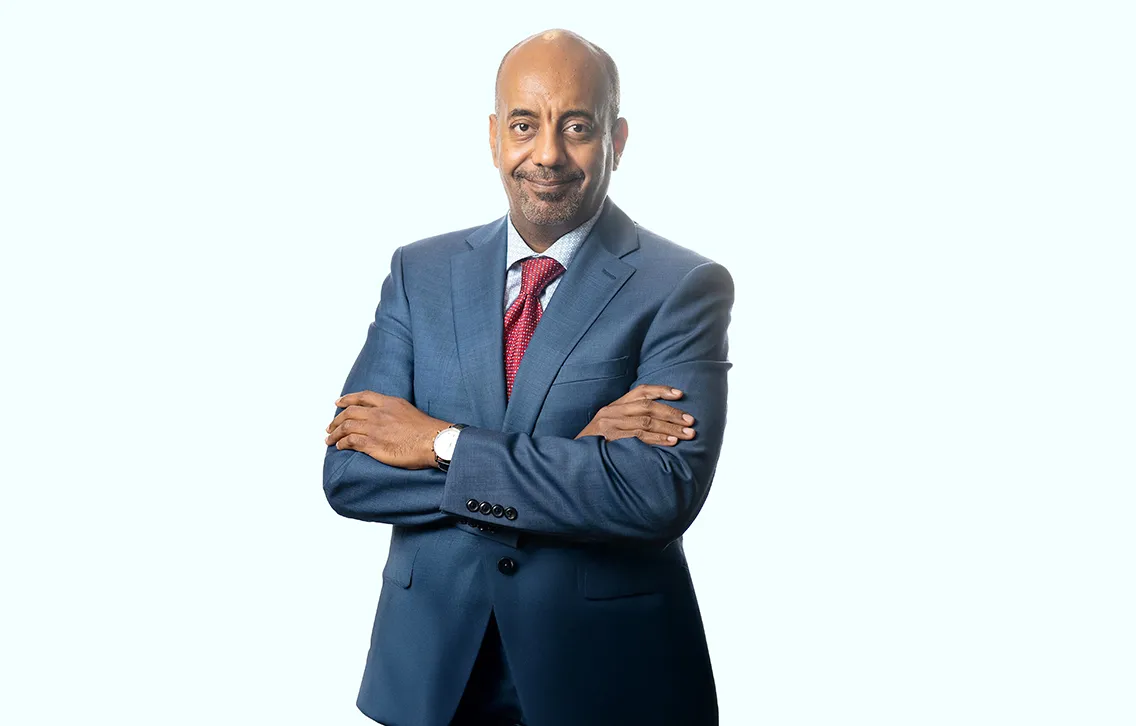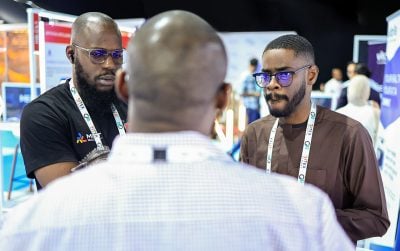Recent shifts in debt restructuring practice are harming the classical trade finance asset class and African multilateral public development banks (PDBs), says Admassu Tadesse, group president and managing director of the Trade and Development Bank Group. PDBs act as a near-last-resort trade financier, in an under-served continental marketplace characterised by extensive market failures.
Speaking at the Africa Investment Forum, Tadesse expressed growing concern over the evolving and unexpected challenges being faced by specialised trade financiers and international insurers covering Africa. Operating in a region already marked by economic volatility and in a challenging global context, these banks have been navigating turbulent conditions exacerbated by debt distress situations and debt restructurings across the continent.
While some of these creditors have responsibly deferred payments in the face of climate and Covid shocks and accommodated debtors, at times with concessional re-pricing, new restructurings have not taken such measures into account, penalising responsible African financial institutions that have simply issued classical short-term letters of credit, which conventionally is not generally subject to debt restructuring.
During a panel discussion at the Africa Investment Forum in Rabat last month, Tadesse drew attention to what he sees as unfair treatment of trade finance as an asset class.
“Investors and insurers enter agreements with a clear understanding of the associated risks and the agreed norms in the asset class,” he remarked in an interview with African Business on the sidelines of the event. “But then, amid various shocks and debt restructurings, trade finance is now hastily and imprudently included—contrary to existing conventions.”
Changing the rules mid-stream compromises the stability and predictability that investors and insurers, and not just trade financiers, treasure.
International banks retreat from Africa
The risk is even more profound, he points out, at a time when several international banks are retreating from the continent. African PDBs have stepped up to fill the growing vacuum, and effectively act as market-makers and lenders of last resort. Weakening these critical institutions could have adverse consequences.
“It just sends all the wrong signals. And crowding in and scaling up is going to become just a meaningless phrase because people are going to say that the African economic environment is indeed very unpredictable, with some emerging global institutional practices are exacerbating this problematic [of financing]. There really needs to be consistency and predictability, as well as sensitivity to mega shocks and debt unsustainability,” he emphasises.
The confidence of lenders – African and international – has been shaken, Tadesse contends.
“If an African multilateral financial institution cannot be dealt with fairly, how would others expect to be treated? If a sovereign is brought to treat its own multilateral in a damaging way, how are others to perceive that counterpart? If you can do this to your own African multilateral, how does one expect a private financier to think? What would happen to a private bank that doesn’t have any multilateral capital or treaty arrangements that give more confidence?”
And it’s not just trade finance institutions that are rattled by the change in the rules of the game.
“We have insurers, co-funding partners and many different entities that come in as a result of a relation based on trust and predictability. And then before you know it, influential actors in the ecosystem choose to label an asset class like trade finance wrongly, and to redefine it wrongly.”
In the wake of the pandemic lending institutions, including trade finance institutions, have had to cut borrowers some slack, allowing them time to recover. Tadesse believes this may have led to the mislabelling, although it doesn’t make its impact any easier. It would mean higher borrowing costs and greater reluctance to service African institutions. “Costs will go up; access will come down,” he sums up.
“Some sovereigns need to be clearer about their commitments to the asset class in the debt restructuring space,” Tadesse says.
“Other sovereigns have continued to service all of their trade finance loans, despite defaulting on other debts such as bonds. There have been tough debt restructurings, but trade finance has been respected as per the convention in several cases.”
This, he says, will give future financiers confidence in their transactions with such counterparts, knowing that even in tough times, trade finance will be excluded from debt restructuring.
Inspiring confidence
Being able to inspire confidence will be even more crucial for the continent as it seeks to encourage more pan-African and emerging market banks, as well as local DFIs, to plug the gaps being left by some international commercial banks. However, Tadesse welcomes the increased presence in Africa of a few global banks such as JP Morgan, which has just set up in Kenya; but, as Tadesse points out, the story is a bit more complex.
He recounts asking a senior executive at JP Morgan about its decision to come to Africa. He was pleased to hear them recognise the long-term business imperative to be in Africa, but dismayed to hear of the continued unease with the high [international] regulatory costs and disincentives of doing international banking in Africa, which was why the entry into the African market had very limited scope of operations. That’s why so many non-African banks are reluctant to serve the African market, despite its expanded size and vast potential. For non-African banks, there are other market options and there isn’t enough commitment to the future, and not enough appetite to invest in managing regulatory risk drawn up by the international financial regulatory environment.
The gap between the rhetoric and the reality is something that Tadesse has clearly given a lot of thought to. “It was a nice moment, but you have to wonder, if Africa is the future emerging market, why have several international commercial banks with historic operations in Africa left, or curtailed their coverage? This is where the world is not always coherent,” he muses.
Similarly, he points out, it is not uncommon to hear a chorus of sentiment at conferences to invest more in Africa – only to see the opposite manifest when everyone goes back home. “The rhetoric continues to be frothy but the commitment and real engagement continues to be sparse,” he observes.
Tadesse’s view is that the times call for larger domestic banks to branch out across the continent. “African banks will become more pan-African, to different degrees.”
He points to Moroccan banks, which are expanding across the west African region, and South African banks expanding across various regions. Further examples can be seen in Nigeria and Kenya, with their larger commercial banks expanding across the sub-region and beyond. There’s also Ecobank, which was uniquely built as a regional commercial bank and is present across most of Sub-Saharan Africa.
This cross-border expansion will be a necessary complement to the domestic growth of banking, and indeed a boost for Africa’s intra-regional trade and investment.
“All of this will fit in very nicely with our vision of a more integrated Africa and an African economy. The African economic community will be progressing further.”
But as with other transformation processes underway on the continent, the pace is slow. “They provide great services. Banks have grown very well over the years and are still scaling up. In the bigger scheme of things, the expanded capacity is not enough, especially where longer term financing is concerned,” he says of the continent’s commercial banks.
For their part, Tadesse says the continent’s larger DFIs have answered the call for more service but are also constrained. “We’ve stepped up and we’ve responded to the gaps, the market failures and the institutional failures. We’ve done our part, but again, it’s nowhere near enough.” For Tadesse, it all comes down to diversified economic growth. “I think the imperative is to get economic growth back up to the more robust levels of 6% to 7% with stronger diversification and value-addition. This is a continent coming out of the lost decades of the 80s and 90s. The first couple of decades of the new millennium went well but we are now struggling to cross the 4% level,” he reflects.
The need for growth
With the continent’s population growing at the rate that it is, the continent’s output would need to grow consistently at 6% to 7% to be able to adequately address issues like unemployment, absolute poverty and migration, he argues. “The closest thing you’ll get to a single silver bullet to make a difference is to get robust levels of long-term economic. We must boost productivity and create much more economic opportunity,” Tadesse emphasises, adding, “we are a growth continent, but we’re way below our potential and the levels required for socio-economic transformation.”
To supercharge growth, Tadesse recommends that African countries re-focus and fix what is within their control. While he acknowledges the need for reforms in the international financial architecture, which has become a great animating topic for leaders in the Global South, Tadesse believes addressing administrative and institutional barriers to growth is as urgent. “Let’s get our micro- and meso-factors in order, as well as some of the macros within our control,” he urges, naming Morocco, Rwanda and Mauritius, where TDB Group is headquartered, as examples of some countries getting it right.
This is not at all to suggest that the international community has a small role and no responsibility. “Preserving global stability and making it easier for institutional investors and banks to invest and deploy finance in Africa would be enormously helpful. We need global regulations to be predictable and constructive, and not exacerbate adverse perceptions. The last thing we need is more systemic shocks in a landscape that has just come out of so many global ones. We need terra firma right now, not more obstacles, disincentives and regulatory shocks,” he emphasises.
The Bank itself, Tadesse highlights, has its house in order. Its shareholders have been very supportive and its operations are well run. “We’ve done our part to also make sure we’re very professional and responsible, remaining fit-for-purpose while managing the experiences of our investors and doing everything we can to make it a positive experience.” TDB has also found favour with institutional investors such as pension funds and sovereign wealth funds. “They’ve put their stake in TDB in a way that nobody imagined could happen 10 or 15 years ago. It’s a very good story.”
Those extraneous variables
It is the extraneous variables that are a cause for concern. The global environment is far from settled and, indeed, may be on the brink of some further shifts as political conditions evolve in the new year. Investors could get spooked and fear the continent. “Risk is on and off. You have appetite one day and the next day you don’t. Something goes wrong somewhere and everybody rapidly withdraws and leaves gaps,” he says. African leaders must recognise the limitations of international capital and support the growth of local financial institutions, Tadesse suggests. “We need to get our savings rates up. We need to deal with the massive illicit flows that exit Africa that leave us struggling with big gaps.”
One of TDB’s successes has been its trade finance fund, which Tadesse describes as a classic case of scaling up. Built in partnership with the Arab Bank for Economic Development in Africa (BADEA), the fund now has over 30 shareholders, just four years into its existence. “This is a great example of African MDBs anchoring initiatives and crowding in the private sector,” Tadesse explains. “It’s a beautiful story of good returns, managed risks, and strong support for developmental trade finance flows.” Building on this success, the group is scaling up, attracting more partners and developing additional SPVs to expand similar efforts.
Success stories
Another success story in the making is the Trade and Development Fund, a concessional and grant-making window within TDB Group. Tadesse says TDF, which among other things provides tailored facilities and services to SMEs and disadvantaged groups, who often cannot access or easily afford conventional financial instruments, is gaining momentum. “These groups need more consideration and accommodation, and we’re doing that,” Tadesse emphasises. The fund focuses on softer funding, guarantees, and grants while crowding in other partners to extend these efforts.
According to Tadesse, TDB is leaning more aggressively into the climate agenda, supporting renewable energy projects of various sizes, from larger initiatives to smaller, impactful efforts such as mini-hydro, off-grid generation and mini-grids as well as clean energy access involving new technologies and business models. These ventures are backed by specialised funding that bridges the gap between commercial and non-commercial approaches, enabling innovative business models and green technologies to gain traction. The Group is also taking on greater risk to support early-stage businesses adopting cutting-edge technologies and experimenting with new approaches. “Everything starts small in this world, and it’s encouraging to see these smaller outfits gain momentum with our backing,” Tadesse says.
On the back of these investments and expansions into new markets in the region, as well as stronger partnerships with other MDBs, including the World Bank Group, which he says is working more proactively and innovatively on the continent, Tadesse sees TDB showing strong levels of growth in the coming years. “You don’t want to be too aggressive in an environment where there’s still a bit of re-norming going on but I think in the next few years ahead, we expect to get back to robust annual asset growth of 10% or so.”
That is “assuming,’ he clarifies, “that there are no more major shocks that come our way that unduly constrain us.”
Looking ahead to 2025 and beyond, Tadesse finds many grounds for optimism.
“We’re building out and implementing various initiatives that we have embarked upon, and we see more traction coming our way in 2025,” he predicts. Key areas of focus include hybrid capital and continued capital raising efforts from qualified institutional investors and new funding partners. “It’s about building lending capacity so that we can respond and do what needs to be done.” He is, however, conscious of the risks.
“There are several unknowns,” he admits. “We’ll likely need to take stock halfway through 2025 to understand how new developments are shaping the operating environment.”

 Sign in with Google
Sign in with Google 



